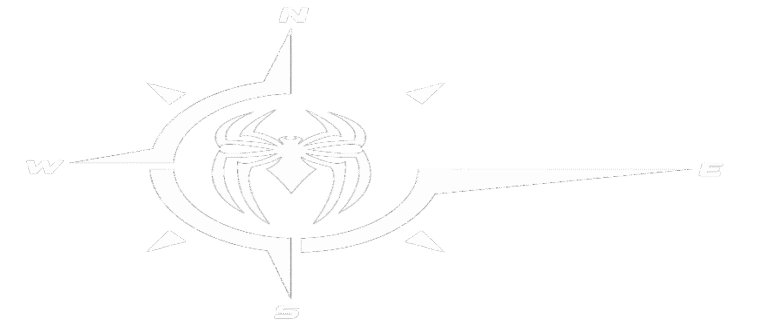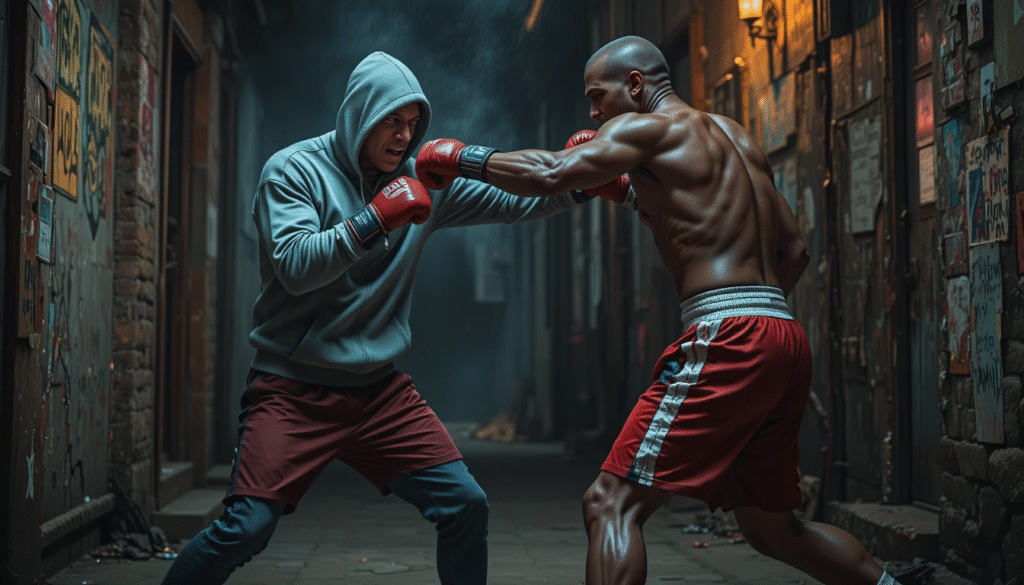

Popular
DOES MUAY THAI SUCK FOR SELF DEFENSE?
Will Muay Thai Help You In a Self Defense Situtation

Look, Muay Thai looks flashy, but the streets don’t give a damn about style points. What you’re gonna wanna know is how it works when you don’t have a ring, rules, or a referee. It’s brutal, close, and it can absolutely save your ass — if you train the right way. I’m gonna break it down in 8 sections so you can see the truth of Muay Thai in real-world survival.
1. Clinch Control
Muay Thai clinch isn’t just for fancy sparring — it’s about controlling someone trying to crush you. You can stop strikes and create openings to knee or elbow without letting them land their shots. It also buys you time to disengage if the fight isn’t worth it. In the streets, being able to dictate range is survival, plain and simple.
EXAMPLE: A bigger attacker rushes you in a narrow alley — you grab the clinch, trap their head, and drive a knee into their midsection while backing toward an exit.
Bottom line: Clinch control lets you fight smart and create your escape.
Check out my martial art gear recommendations
2. Knees and Elbows
Knees and elbows are short-range wrecking balls you always carry on your body. They’re devastating if you hit the right spots, and don’t require much space to be effective. Unlike high kicks, you can deploy them even on uneven ground or inside a car. Using them correctly can end a fight fast and save you from unnecessary damage.
EXAMPLE: Someone grabs your shoulders trying to overpower you — you drive a sharp elbow to the jaw, immediately forcing them to release.
Bottom line: Elbows and knees turn minimal space into maximum damage.
3. Low Kicks
Muay Thai low kicks aren’t about looking pretty — they’re about stopping movement. Hit the legs, and you reduce the attacker’s mobility, giving you an advantage. In real fights, slowing them down is often better than landing flashy head kicks. Legs carry the body, and disabling them changes the fight instantly.
EXAMPLE: An aggressive attacker steps in — you sweep a low kick to their thigh and slow their advance, giving yourself room to back off.
Bottom line: Low kicks cripple movement and create breathing room.
Check out my martial art gear recommendations
4. High Kicks Are Risky
High kicks look cool, but they leave you off-balance and exposed. On the street, uneven surfaces or a grab can make a spinning head kick deadly for you, not them. Don’t rely on flash — stick to strikes that keep your base solid. You need balance more than style when survival is the goal.
EXAMPLE: Attempting a head kick on uneven pavement — the attacker catches your leg and you almost go down.
Bottom line: High kicks are flashy, not reliable for survival.
5. Ground Vulnerability
Muay Thai focuses almost entirely on stand-up striking. If the fight goes to the ground, you’re not as prepared as someone trained in grappling. Streets aren’t padded mats — falling can end the fight against you. Knowing when to disengage or transition to a ground escape is critical.
EXAMPLE: After trading punches, a grappler takes you down — you scramble and get mounted because you never trained ground escapes.
Bottom line: Striking alone won’t save you on the ground.
Check out my martial art gear recommendations
6. Multiple Attackers
Muay Thai is primarily one-on-one combat. Against multiple opponents, the style’s power becomes limited. You need to move, create distance, and pick fights smartly. Street survival is about avoidance and positioning, not just hitting harder.
EXAMPLE: Two attackers close in on you while you’re on a sidewalk — you use low kicks and lateral movement to slip past and avoid getting surrounded.
Bottom line: Awareness and movement beat pure technique in chaos.
7. Realistic Sparring Matters
Sport-style Muay Thai can give you form, but street fights don’t play by rules. Realistic sparring with pressure and unpredictability is what teaches survival instincts. If you train like it’s a ring-only competition, you’ll get caught off guard. Street fighting isn’t elegant — it’s survival, ugly and raw.
EXAMPLE: You hesitate expecting a “fair play” strike from your opponent — they hit anyway, leaving you stunned.
Bottom line: Train chaotic, messy, and under stress to survive.
Check out my martial art gear recommendations
8. Mental Toughness
Muay Thai conditions more than your body — it builds a mindset. Being calm under pressure, knowing how to strike, and respecting distance are huge advantages. Even simple strikes become lethal when paired with focus and nerves of steel. Survival is as much mental as it is physical.
EXAMPLE: In a sudden mugging, you stay calm, throw a clean knee, and step back to exit without losing your footing.
Bottom line: Mental toughness turns skill into survival.
Outro Conclusion:
So, does Muay Thai suck for self-defense? Hell no. It’s brutal, efficient, and the techniques transfer straight to survival scenarios. But it ain’t perfect — you need low kicks, clinch mastery, awareness, and mental toughness. Blend it with ground escapes, multi-attacker strategy, and realistic sparring, and suddenly you’ve got a tool that can literally save your life.
VIEW THIS ARTICLE ON YOUTUBE
FOLLOW ON SPOTIFY
ADVERTISEMENT
ADVERTISEMENT
ADVERTISEMENT
ADVERTISEMENT
VISIT ME ON TWITCH!
RELATED POST
Social Networks
- B.Roc Survival Podcast
- Discord
- Patreon
- Youtube
Links List
B.Roc Survival Inc.
All rights reserved










